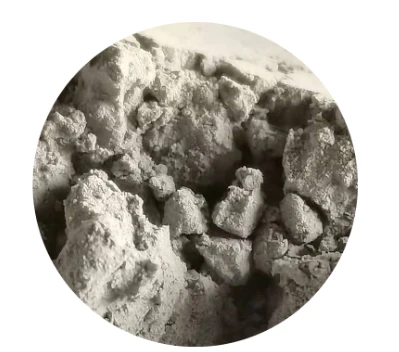

Additionally, fluctuating demand within the construction and automotive industries further influences pricing. Economic booms or slumps in these sectors can lead to corresponding increases or decreases in foundry sand demand. During boom periods, when demand outstrips supply, prices are likely to rise. Conversely, during economic slowdowns, prices may stabilize or even decrease due to reduced industrial activity. In the pursuit of cost-effective solutions, some foundries have begun to explore recycled or regenerated sand options. Innovations in sand reclamation technology allow for the reuse of foundry sand, offering sustainable and lower-cost alternatives. However, while reclamation can provide savings, it may also require initial investments in technology and processes to ensure the recovered sand meets quality standards. As comprehensive and reliable data forms the backbone of sound procurement decisions, stakeholders must continually analyze market signals and trend data. Engaging in direct consultation with manufacturers, attending industry trade shows, and accessing detailed market reports are all effective strategies to grasp current pricing dynamics and anticipate future fluctuations. Overall, the price of foundry sand is contingent upon a matrix of factors including quality, logistics, regulatory compliance, and market demand pressures. By understanding and forecasting these elements, industry participants can make informed procurement decisions that bolster their operational competitiveness while aligning with budgetary and strategic goals. Post time:ఫిబ్ర . 06, 2025 03:45
Next:stainless steel sand casting foundry
